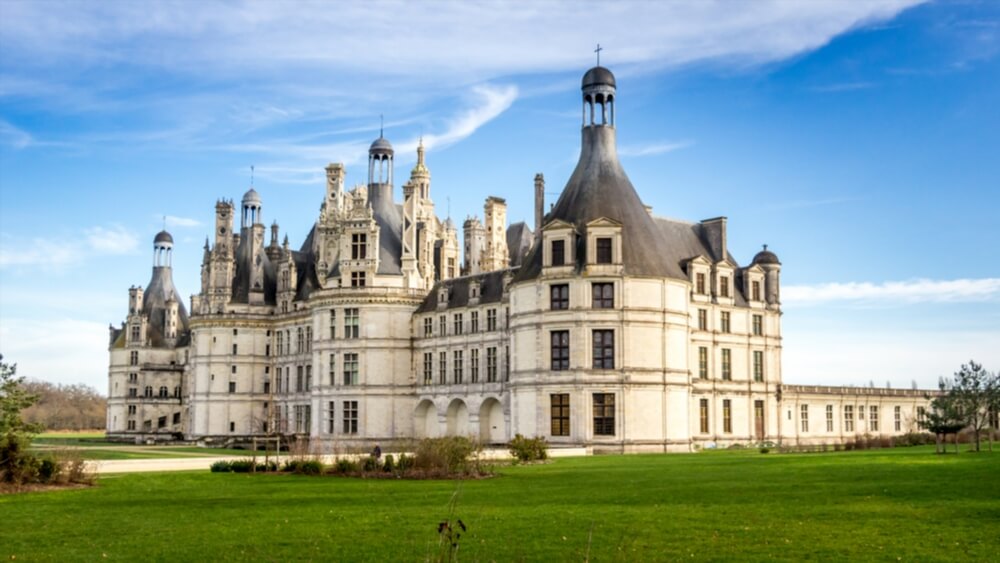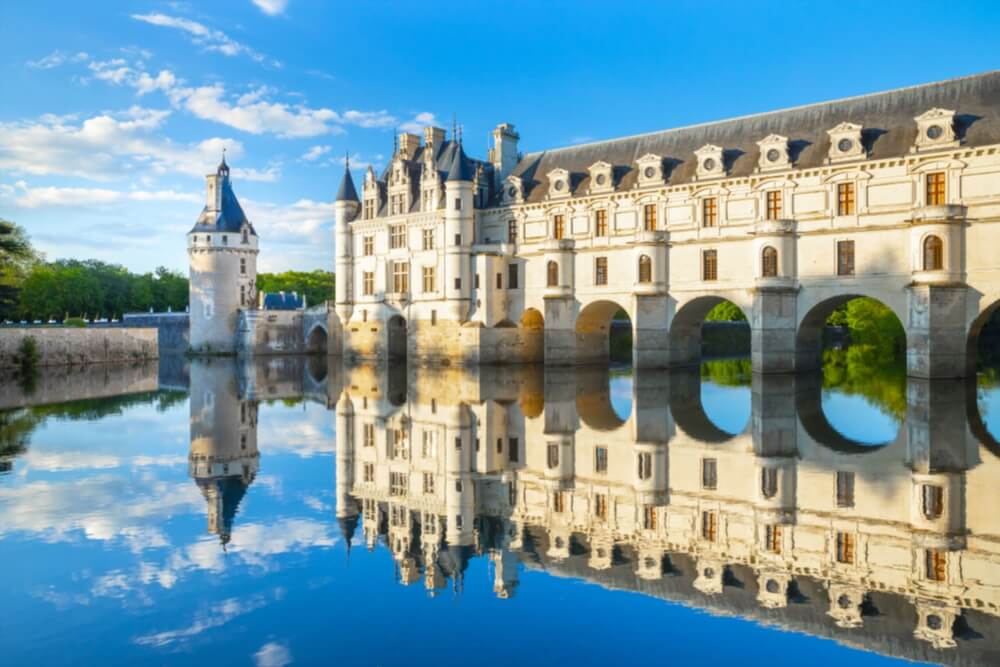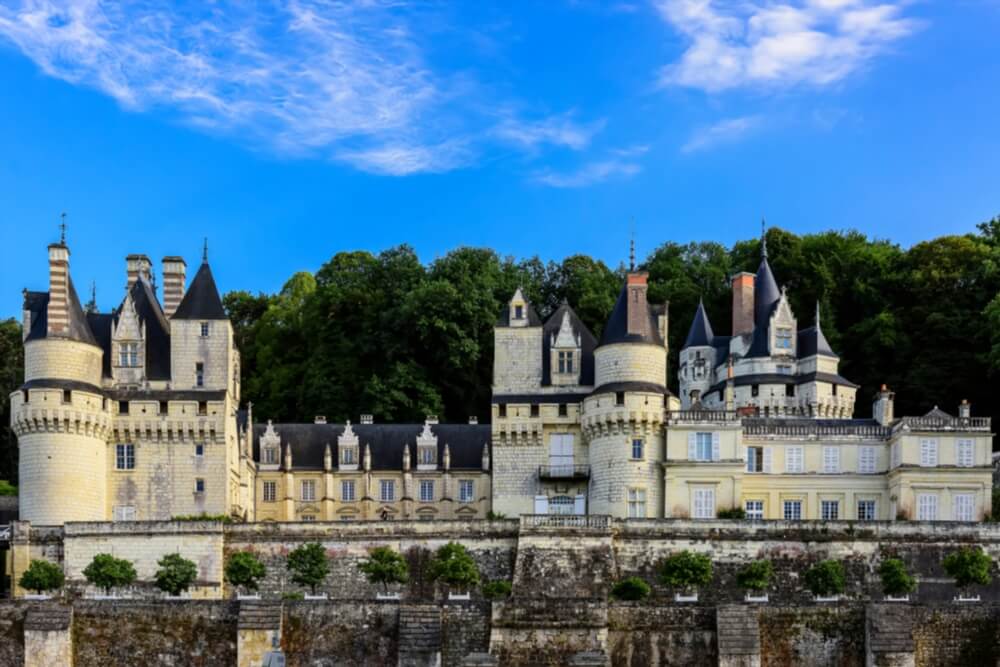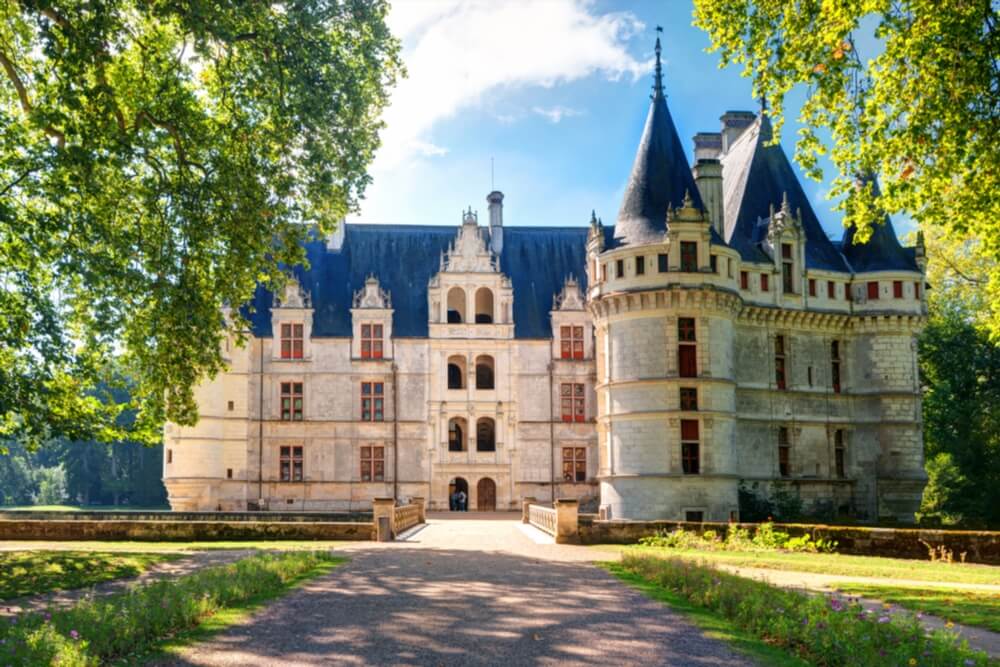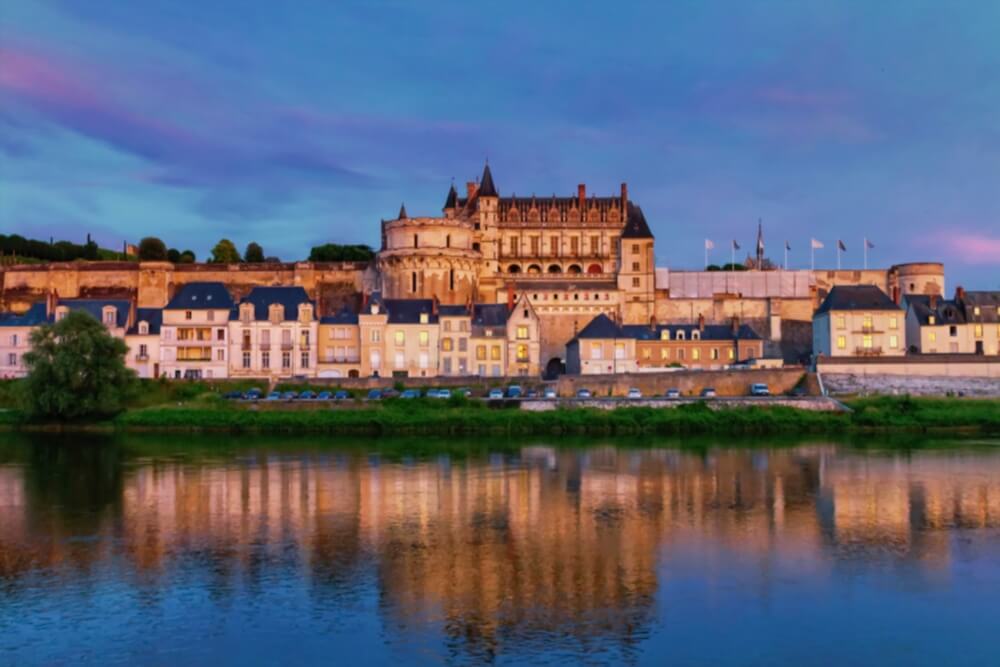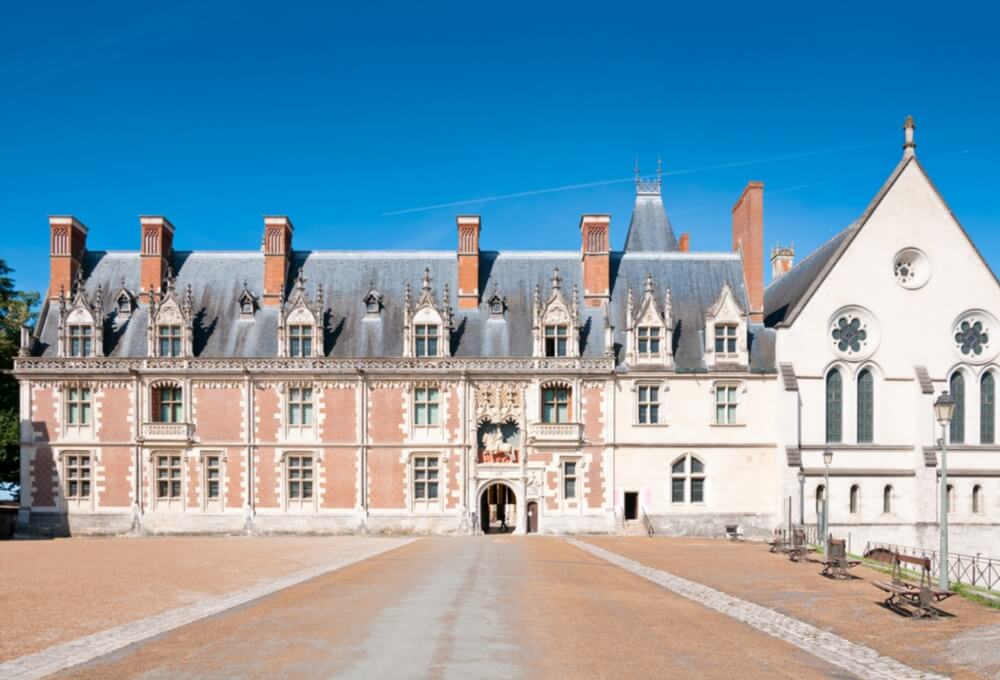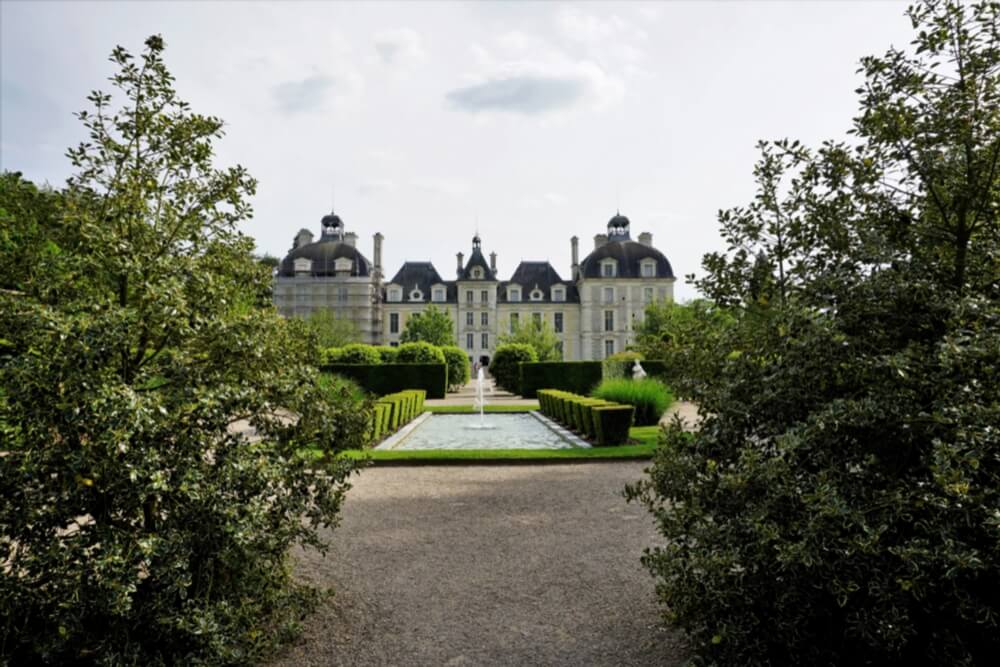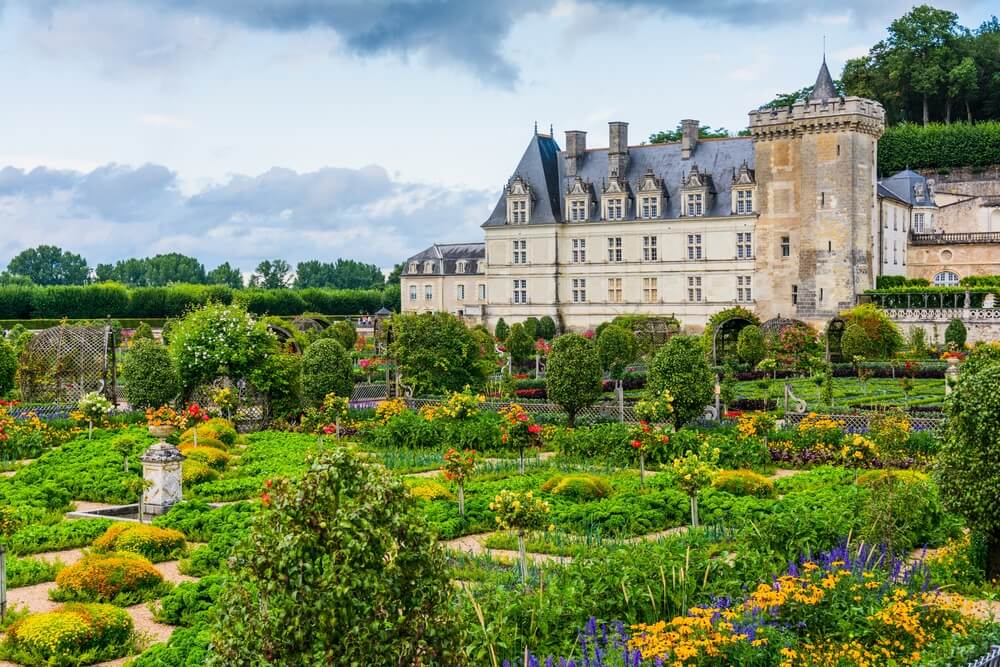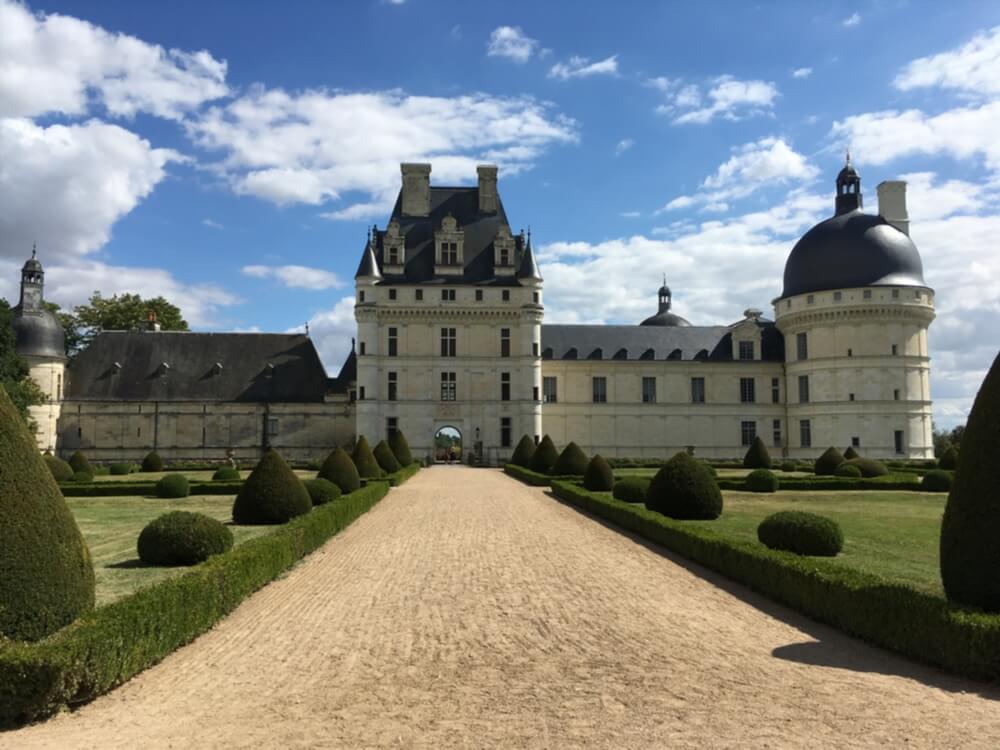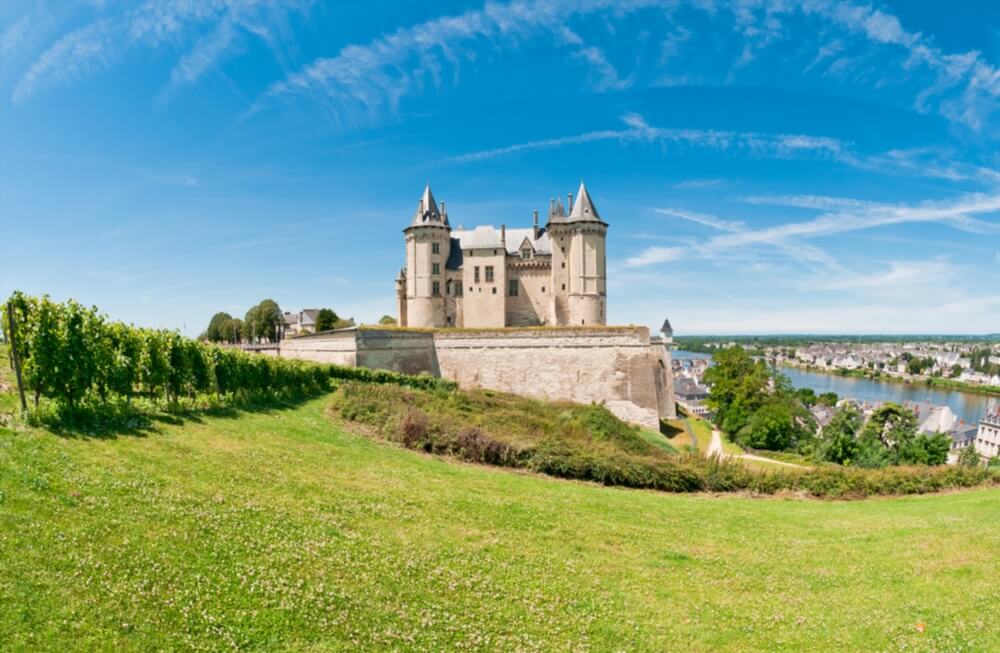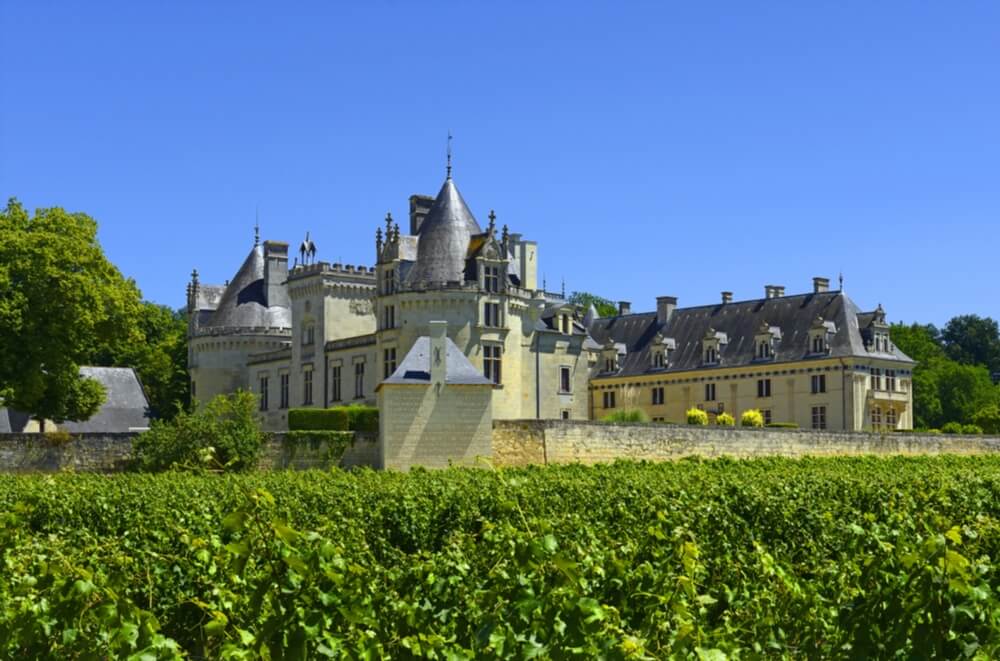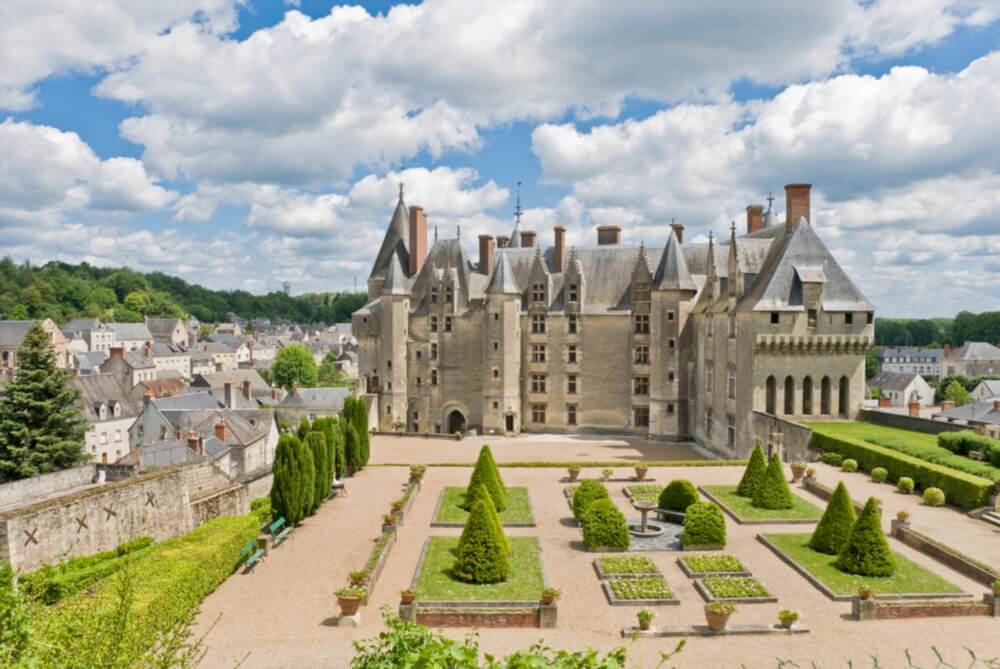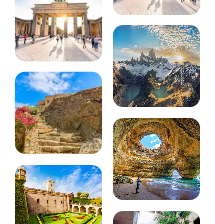Visit the Châteaux of the Loire Valley
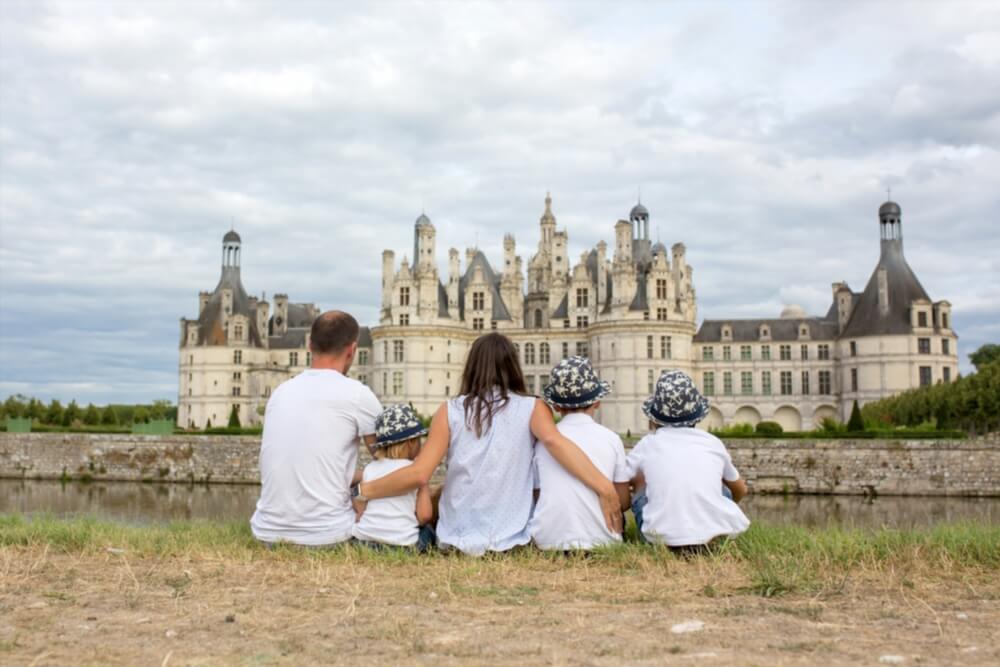
The Loire Valley is the birthplace of the kings of France, and a dream destination for lovers of architecture, history and botany. Castles, medieval fortresses, parks and gardens abound in this internationally renowned region.
Symbols of French omnipotence, they are now a showcase for the French art of living. Here is a list of 15 châteaux that are a must-see for families and friends visiting the region.
Chambord Castle
The brainchild of King FrancisI and the work of Leonardo da Vinci, this château combines harmonious curves and modernity. Although the name of the architect is still unknown (having been lost during the French Revolution, as are all the plans and writings relating to its construction), the château is a true jewel of the Renaissance.
Among the curiosities and innovations of the period that set it apart are: the famous double-revolving staircase where no one passes each other, the double-pit latrines, an air duct, the waterproofing system for the terraces, etc.
The ornamentation is absolutely sublime: pilasters, medallions, candelabras and foliage embellish the façades with their finesse and multiplicity of motifs. The French-style gardens form a green setting around the Château de Chambord.
Also worth seeing:
- The estate and its many activities,
- The vegetable gardens where you can do your shopping,
- The vineyard,
- The stables,
- The boutique.
Chenonceau Castle
This other jewel of the Renaissance is nicknamed the Château des Dames, because it was mainly occupied by ladies: Diane de Poitiers, Catherine de Médicis, Louise Dupin… from the 16th to the 14th century.
It is easily recognisable by its 5 arches spanning the Cher. The architectural ensemble comprises the main building with its corner turrets, the long gallery and the Marques tower.
Twenty rooms are open to visitors, including the guard room, the chapel, the green cabinet, the bedrooms of Diane de Poitiers and Catherine de Médicis, the gallery, and the François 1er and Louis XIV drawing rooms, all adorned with magnificent antique furniture, master paintings and rare tapestries.
Also worth seeing:
- The formal gardens,
- The flower kitchen garden,
- The labyrinth,
- The vineyard,
- The many events on offer throughout the year.
Ussé Castle
This is the castle that inspired Charles Perrault to write his famous fairytale Sleeping Beauty. Once a fortress, this harmonious, fairytale castle has been transformed over the years into a magical place, with a flower-filled terrace overlooking the River Indre, a keep and a covered walkway.
You can relive certain scenes from the fairytale when you visit the Château d’Ussé. Between history and legend, you’ll be captivated by the richness of the furniture, the carved wooden panels, the famous trompe l’oeil ceiling that imitates marble to perfection, a collection of weapons, oriental objects, magnificent 16th-century tapestries…
Also worth seeing
- The majestic staircase,
- The King’s bedroom,
- Exhibitions,
- The gardens designed by Le Nôtre,
- The cellars,
- The stables,
- The Chapel…
The Château of Azay-le-Rideau
Honoré de Balzac described the château as a “faceted diamond set by the Indre”. This 16th-century château has also undergone numerous transformations with each change of owner.
Prestigious, this fortress, surrounded by a moat, boasts French Renaissance-style architecture with large windows, slate roofs and a construction that is both complex and elegant.
The interior is also richly decorated, with elaborately decorated ceilings, furnishings that add a luxurious atmosphere, and a magnificent staircase leading to the courtyard where ermines and salamanders proudly display themselves. Finally, the garden is simply sumptuous.
Also worth seeing:
- The Renaissance bedroom,
- The park and its species from around the world (North America, South America, China, Asia),
- Dragonflies (60 different species),
- The bats,
- The water mirror reflecting the Château d’Azay-le-Rideau…
Amboise Castle
This former stronghold is a perfect transition between medieval and Renaissance architecture, offering an exceptional view over the town of Amboise. Many artists have walked the grounds of this château, including Leonardo da Vinci, who is laid to rest in the Saint-Hubert chapel.
You’ll appreciate the refinement of the French Renaissance-style furniture, the architecture of the towers, the Renaissance garden and the wealth of wildlife (80 species of birds).
Also worth seeing:
- The various seasonal events,
- Meet the castle gardeners,
- Workshops for young visitors,
- Night-time walks,
- Investigations…
Blois castle
This royal château is unique in that it features 4 very different styles of French architecture:
- The medieval fortress (13th century) ;
- Louis XII’s Gothic wing (15th century);
- François I’s Renaissance wing (16th century) and its famous spiral staircase;
- Gaston d’Orléans’ classical wing (17th century).
Many prestigious personalities have lived in this château, including 7 kings and 10 queens of France. Many exciting events have taken place here. The garden on the Foix terrace offers a breathtaking view of the town of Blois.
Also worth seeing:
- 35,000 must-see collector’s items,
- The Musée des beaux-arts,
- A sound and light show recounting the history of the Château de Blois at dusk, with numerous visual effects, and many other events throughout the year.
- Giant interactive 3D screens.
Cheverny Castle
Brest thunder, that’s perhaps the expression that will come to the lips of fans of the Tintin comic strip as they approach the Château de Cheverny, because it has a sort of Moulinsart feel to it!
And with good reason: Hergé drew his inspiration for Captain Haddock’s castle from its architecture! In fact, you can immerse yourself in the world of the famous detective and his sidekick on site.
Also worth seeing:
- The interior decoration, the most extensive in the Loire Valley,
- The south facade, adorned with busts of Roman emperors,
- The formal gardens, 6 themed gardens,
- The labyrinth,
- The park,
- Discover the park by electric boat,
- The collection of weapons and armour,
- The kennels…
The Château de Villandry
The U-shaped Château de Villandry boasts beautiful arcaded galleries, high sculpted dormer windows and a courtyard of honour that gives the château a sober yet elegant appearance. But it is the Renaissance-inspired gardens that make Villandry so famous.
Also worth seeing:
- Visit the château,
- The medieval garden,
- The Renaissance garden,
- The French garden,
- A rich programme of cultural events.
Valençay Castle
This château was the home of Charles-Maurice de Talleyrand-Périgord, one of Napoleon’s ministers. In his time, he set up a school for girls, a hospital for the sick, a charity office, a school for boys and a town hall. The château boasts a wealth of historical furnishings.
Also worth seeing:
- Fine collections of furniture, sculptures, paintings and precious objects.
- A 19th-century theatre,
- Parkland and gardens of great biodiversity,
- The kitchens of Valençay castle,
- The story of the Prince of Talleyrand.
Saumur Castle
Situated on the historic route of the Valley of the Kings and the historic route of the Plantagenets, this castle belonged to the Counts of Anjou and then to the Plantagenets before becoming a royal fortress under Saint-Louis and then a sumptuous palace in the 14th century. In the 19th century, it was used as a prison and an arms and munitions depot, before being restored and opened to the public in 1912.
Also worth seeing
- A Decorative Arts Collection,
- A collection of horses from the Neolithic period to the 19th century,
- The belvedere and its view over the roofs of the château, the Loire and the town of Saumur…
The Château de Chaumont-sur-Loire
So many famous people have walked the grounds of this château: Catherine de Médicis, Diane de Poitiers, the astrologer Nostradamus, Benjamin Franklin, the princes of Europe… This jewel houses rooms with particularly rich furnishings and contemporary art collections.
Also worth seeing:
- The château, its historic and private flats, and the history of the château,
- The historic park,
- The stables and the saddlery, which displays harnesses made by Hermès.
- The horse-drawn carriages,
- A rich and varied programme of cultural events…
The Château de Brézé
Everyone wants to discover the underground section of what was once a veritable fortress, with its four kilometres of galleries and troglodytic cellars that were used as stables, kitchens, bakery, press room, tuns room and even a silkworm farm in case of siege. This exceptional heritage dates back to the Middle Ages.
Also worth seeing:
- The dry moat, one of the deepest in Europe,
- The large interior gallery,
- The Château de Brézé farm,
- Visit the cellar and wine tasting,
- Visit the château: private flats, billiard room, neo-Gothic dining room, Grand salon…
The fortress of Chinon
It was in this castle that Joan of Arc was received by King Charles VII in 1429. Built in the 12th century, this strategically located fortress is made up of 3 châteaux: Fort du Coudray, Château du Milieu and Fort Saint-Georges.
Also worth seeing:
- Discover the castle, the history of the Plantagenets (the knight kings), Eleanor of Aquitaine, medieval life…
- With Histopad, 360° 3D reconstructions are available for an immersive visit,
- Interact with the collections and furniture using 3D manipulation, and take a virtual tour of the underground galleries,
- A 3D treasure hunt,
- An escape game,
- Exhibitions and events all year round.
The castle of Sully-sur-Loire
Built in the Middle Ages, the keep and the château have been joined together over the centuries to form a single château with its inner courtyard.
Also worth seeing
- The furnished flats of the petit château,
- The treasure cabinet in the keep,
- The ceremonial room in the keep,
- The great halls,
- The large galleried room with its half-timbered roof,
- Discover the history of the Duc de Sully.
Langeais Castle
To discover
- An extraordinary collection of furniture and tapestries in 16 richly decorated rooms (late Middle Ages),
- A former royal estate with 11 hectares of parkland, playground and tree house, belvedere, construction methods of the builders of the Middle Ages,
- 1,000 years of history presented in an entertaining way.
200 audioguided tours for cities all around the world
Download